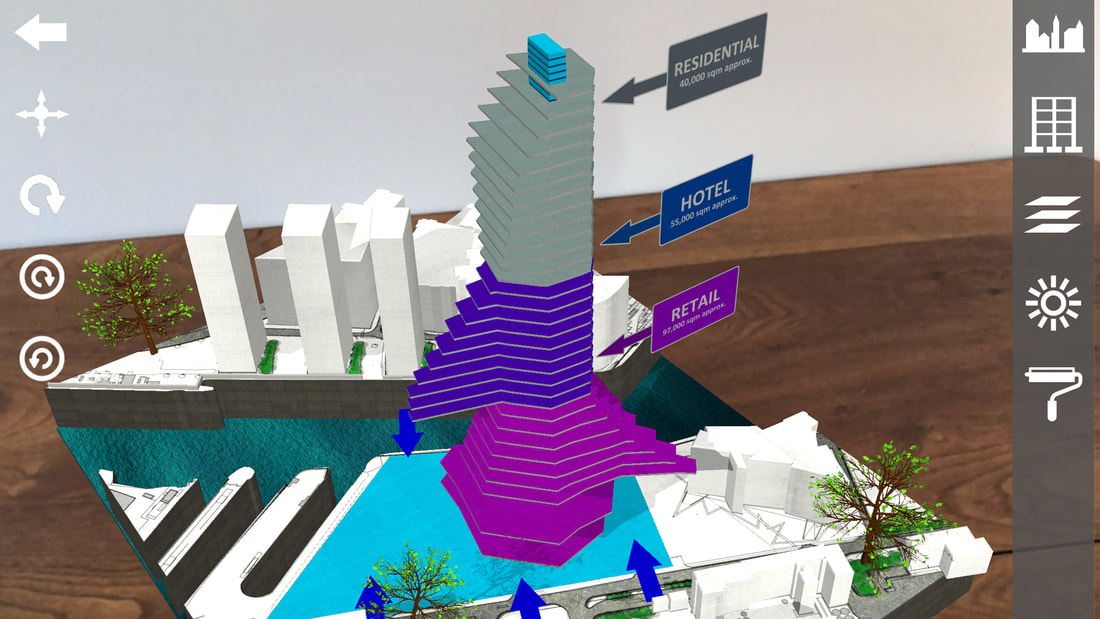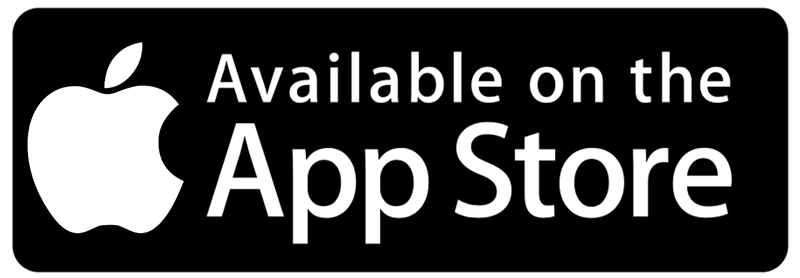|
With the release of ARki 2.0 we made a challenging decision to re-develop the app with the inclusion of a marker-less AR solution, ARkit, versus our previous marker-driven SDK provided by Vuforia. The pro and cons of both solutions were extensive, and we deliberated over this decision tirelessly. However in the end ARkit won, and today I wanted to go over some of our reasons for why we chose to upgrade to ARkit over our beloved Vuforia SDK. Advantages of ARkit SDK1.) Marker-less AR The most impressive feature about ARkit is just how clever it is about picking up the environment around you using “world tracking” capabilities. By integrating a technique called visual-inertial odometry, ARkit uses the camera and motion sensors within an iOS device to track the environment, and overlay virtual data with a high degree of accuracy. The use of Marker-less AR means that ARki is able to be deployed in any environment, without the need for printed images or placeholders. The use of ARkit allows the app to detect horizontal planes, such as tables, and floors, and superimpose 3d models directly on top of the camera feed. This important feature means that architectural models are no longer bound to the confines of paper space and can now be viewed at 1:1 scale, on-site! Spatially this capability also allows users to explore virtual models in walk-through format, easily navigating through digital spaces like a virtual AR game-scene. 2.) Light Estimation An interesting feature of ARkit SDK means that the lighting for 3d models can be realistically updated in real-time based on the light available in the environment. ARkit uses the camera sensor to estimate the total amount of light available and applies the correct lighting to virtual objects. Disadvantages of ARkit SDK
Advantages of Vuforia SDK
Disadvantage of Vuforia SDK
Conclusion: Overall our investigations into AR SDK’s have given us many hours of exploration into the best possible route for ARki. We continue to stay open with the specific development tool we choose to work with, because the options are so varied, and very dependent on the requirements of the project in question. In reading this post I hope that the differences between ARkit and Vuforia has become more clear, and that the one you choose can essentially lead you to the most exciting AR experience yet.
1 Comment
|
Darf BlogWelcome to Darf Blog. Categories
All
Archives
March 2024
|
Want more Information?
Our TeamAbout
|
HelpTutorials
|
LegalTerms of Use
|
All works © Darf Design 2020
Please do not reproduce without the expressed written consent of Darf Design
Please do not reproduce without the expressed written consent of Darf Design


 RSS Feed
RSS Feed
